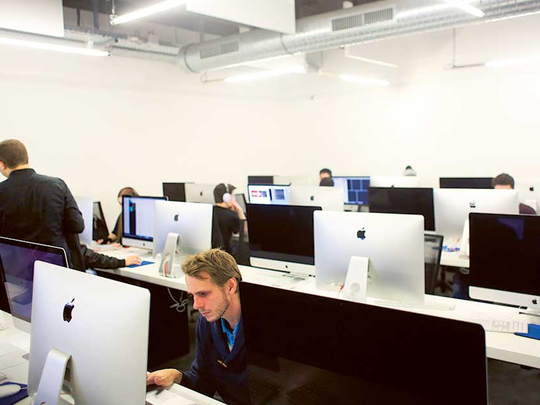
The educational sector was instantly affected as soon as COVID-19 got declared a global pandemic in March 2020. Private and public sector schools had to find ways to innovate and adapt.
Schools met the challenge of providing continuity of learning amidst complete and partial shutdowns. Yes, as schools gear up for September and beyond, many are finding that relying on digital means of education delivery alone does not guarantee quality learning outcomes nor does practice fully meet the social and emotional needs of most students.
Improving the human provision
Even though the impact of the pandemic still rages on in most countries, the educational sector in the UAE has seen greater stability. In as much as schools focused on improving the quality of their online provision in the 2020-2021 academic year, I believe the 2021-2022 school year will be more on improving the human provisions while institutionalizing the best of online and hybrid teaching and learning.
Social skills programmes
These are necessary interventions for psychological welfare and address the educational needs of children who experienced the trauma of losing loved ones, the impact of job loss or financial instability on family well-being, or those who became isolated while learning at home. Social skills programs may be embedded in curricula, such as PSHCE, to enable students to develop healthy social relationships.
Engaging with their peers and developing critical skills such as listening and maintaining eye contact, students will be able better able to connect to others inside and outside of school.
More time
In addition, many schools plan to increase pastoral care, sporting, and extracurricular activities. Pastoral care allows for programmes such as mentorship sessions, which provide students with informal social interactions and increase the bond between teachers and students. Athletics and after-school clubs provide additional ways for children to engage each other and staff members, build confidence and competence, and explore diverse interests.
Many schools are also planning to return to a more “normal” state of offering athletic and extracurricular activities, provided that regulations allow.
Well-being of faculty
Throughout the past year, our focus has largely been on students. We need to consider teachers’ well-being as well. Over the past year, teachers and school leaders had to rapidly re-skill themselves for what is now almost a new profession.
While many spoke about the resilience of educators over the past year, we have seen school personnel engaged in more of an endurance race.
Embracing digital
The first stage of digitization was marked by schools making the most of what they had and what was available. Aware that digital means of teaching and learning are here to stay, standalone schools and school groups are now looking at the best systems to support these new modes of learning.
This includes cloud migration, integrated systems, curriculum planning and delivery as well quality assurance to enhance the efficiency and effectiveness of operational processes within schools.
Digital rationalisation
Before the pandemic and over the past year, individual teachers and teams adopted a range of applications to support teaching and learning. Many of these were in addition to existing tools. But too many apps can be too much of a good thing.
This year, schools will review the quality and purpose of the apps they are using to create a more streamlined learning eco-system for all stakeholders. We know that digitization will shape the future of most industries and the education sector is no exception.
We cannot, however, ignore the human factor. Uncertainly and the pandemic follow us into a new term for some and new school year for others. While we can’t tell what the future holds, we can predict that digitization along with the human provision will provide the best learning and well-being opportunities for students and teachers alike.









